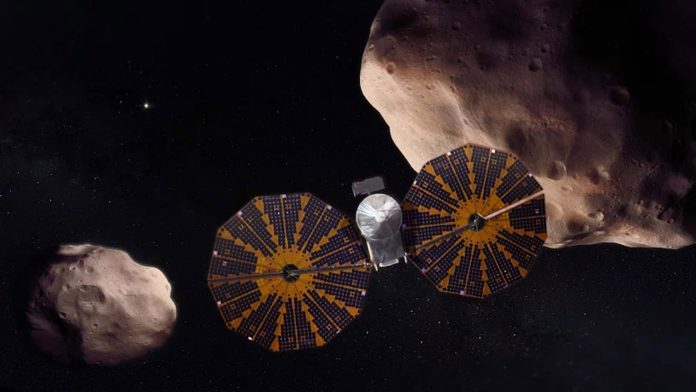The Saudi Riyal (SAR) is the official currency of Saudi Arabia. It has a fascinating history, and its exchange rate is closely tied to the U.S. dollar. In this article, we will delve into the origins of the Saudi Riyal, its current exchange rate, and the reasons behind its peg to the U.S. dollar.
History of the Saudi Riyal:
The Saudi Riyal was first introduced in 1925, replacing the Hejaz riyal. It was initially pegged to the British pound at a rate of 1 pound to 20 riyals. However, in 1986, due to the declining value of the pound, Saudi Arabia decided to peg its currency to the U.S. dollar.
Exchange Rate:
Currently, the exchange rate of the Saudi Riyal to the U.S. dollar is fixed at 1 USD = 3.75 SAR. This means that for every U.S. dollar, you will receive 3.75 Saudi Riyals. This fixed exchange rate has remained unchanged for over three decades.
Reasons for Pegging to the U.S. Dollar:
There are several reasons why Saudi Arabia chose to peg its currency to the U.S. dollar:
1. Stability: The U.S. dollar is one of the most stable and widely accepted currencies in the world. By pegging their currency to the U.S. dollar, Saudi Arabia ensures stability in its economy and reduces the risk of currency fluctuations.
2. Oil Trade: Saudi Arabia is one of the largest oil producers in the world. Oil is traded globally in U.S. dollars, so pegging their currency to the dollar simplifies transactions and reduces exchange rate risks in the oil market.
3. Economic Diversification: Saudi Arabia has been working towards diversifying its economy and reducing its dependence on oil revenues. By pegging their currency to the U.S. dollar, they attract foreign investments and make it easier for international businesses to operate in the country.
4. Monetary Policy Alignment: The Saudi Arabian Monetary Authority (SAMA), the country’s central bank, closely monitors the monetary policy of the U.S. Federal Reserve. By pegging their currency to the U.S. dollar, Saudi Arabia aligns its monetary policy with that of the United States, which helps in maintaining price stability and controlling inflation.
Benefits and Challenges of the Peg:
The pegging of the Saudi Riyal to the U.S. dollar has both advantages and disadvantages.
Benefits:
1. Stability: The fixed exchange rate provides stability in international trade and investment, making it easier for businesses to plan and operate in Saudi Arabia.
2. Inflation Control: By aligning its monetary policy with the U.S., Saudi Arabia can control inflation and maintain price stability.
3. Trade Facilitation: The peg simplifies trade with countries that use the U.S. dollar as their primary currency, reducing transaction costs and risks.
Challenges:
1. Limited Monetary Policy Flexibility: As the Saudi Riyal is pegged to the U.S. dollar, the country has limited flexibility in implementing independent monetary policies to address its specific economic needs.
2. Vulnerability to External Shocks: The peg exposes Saudi Arabia to external shocks, such as changes in the U.S. economy or fluctuations in oil prices, which can impact its exchange rate and overall economic stability.
3. Loss of Competitiveness: If the U.S. dollar strengthens significantly against other major currencies, it can make Saudi Arabian exports more expensive, potentially reducing their competitiveness in international markets.
Conclusion:
The Saudi Riyal has a rich history and is currently pegged to the U.S. dollar. This peg provides stability, facilitates trade, and aligns monetary policies with the United States. While there are challenges associated with the peg, Saudi Arabia continues to benefit from its close relationship with the U.S. dollar. As the country progresses towards economic diversification, it will be interesting to see how the peg evolves and adapts to the changing global economic landscape.



